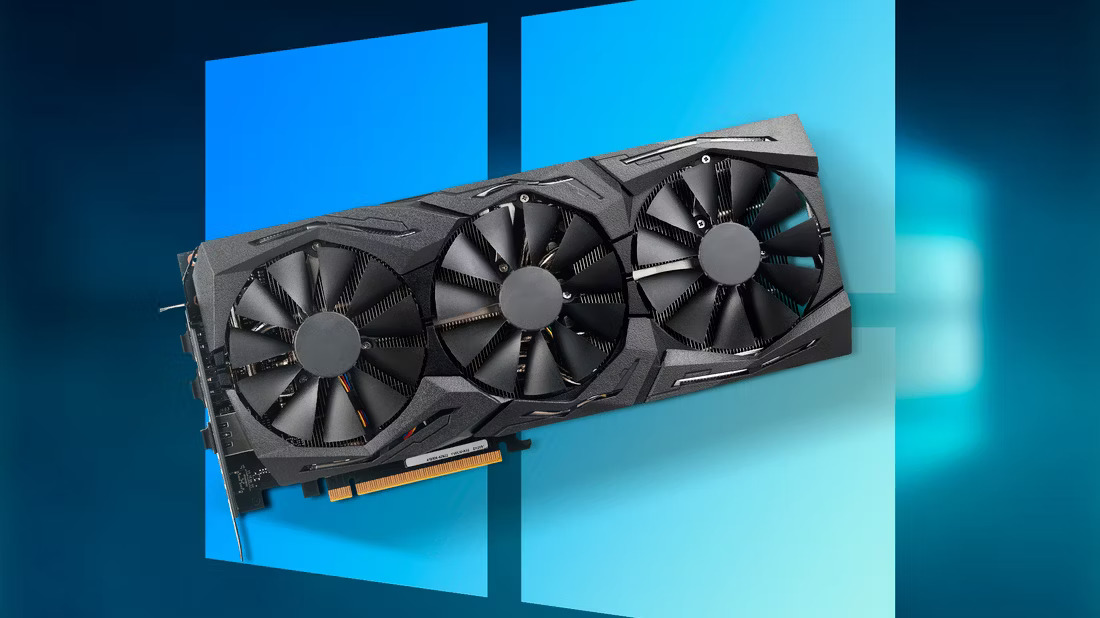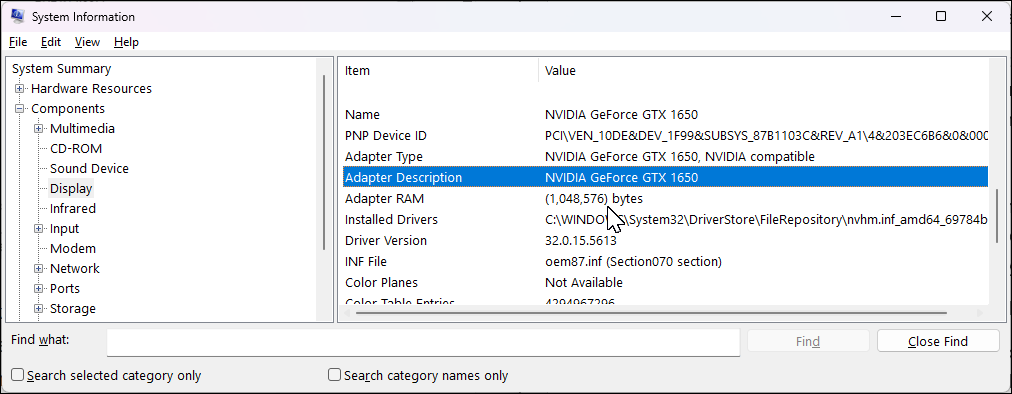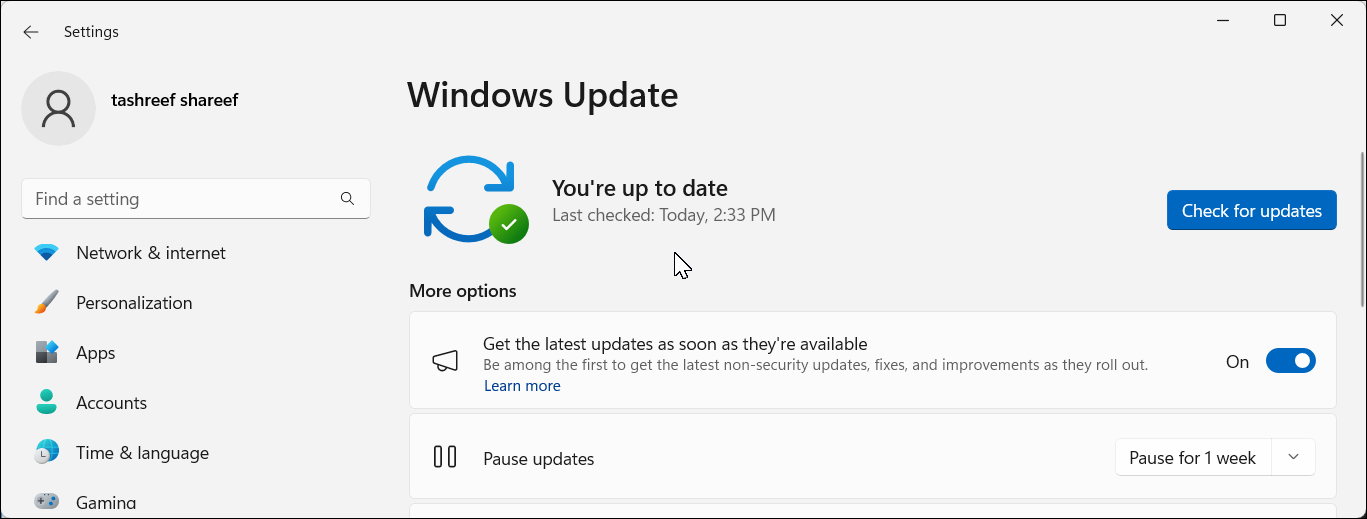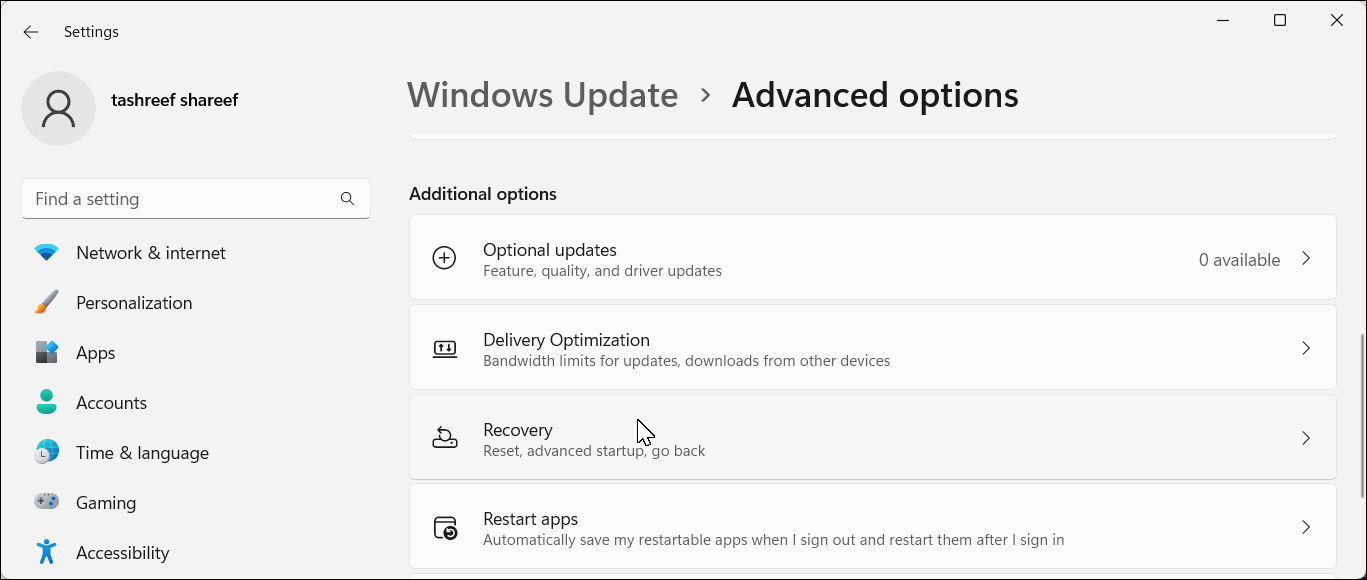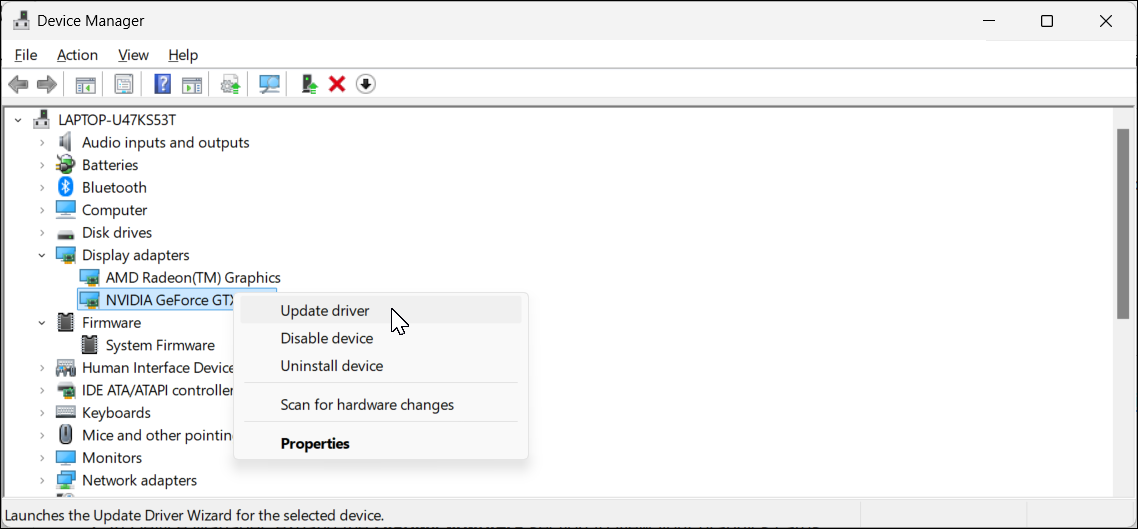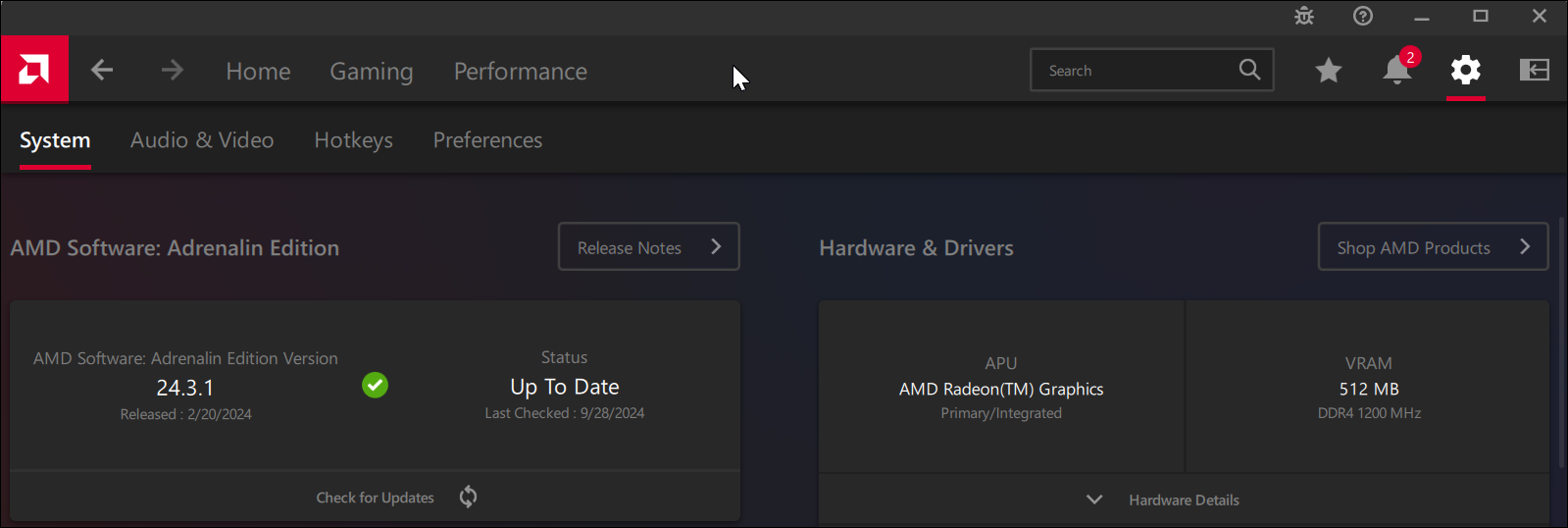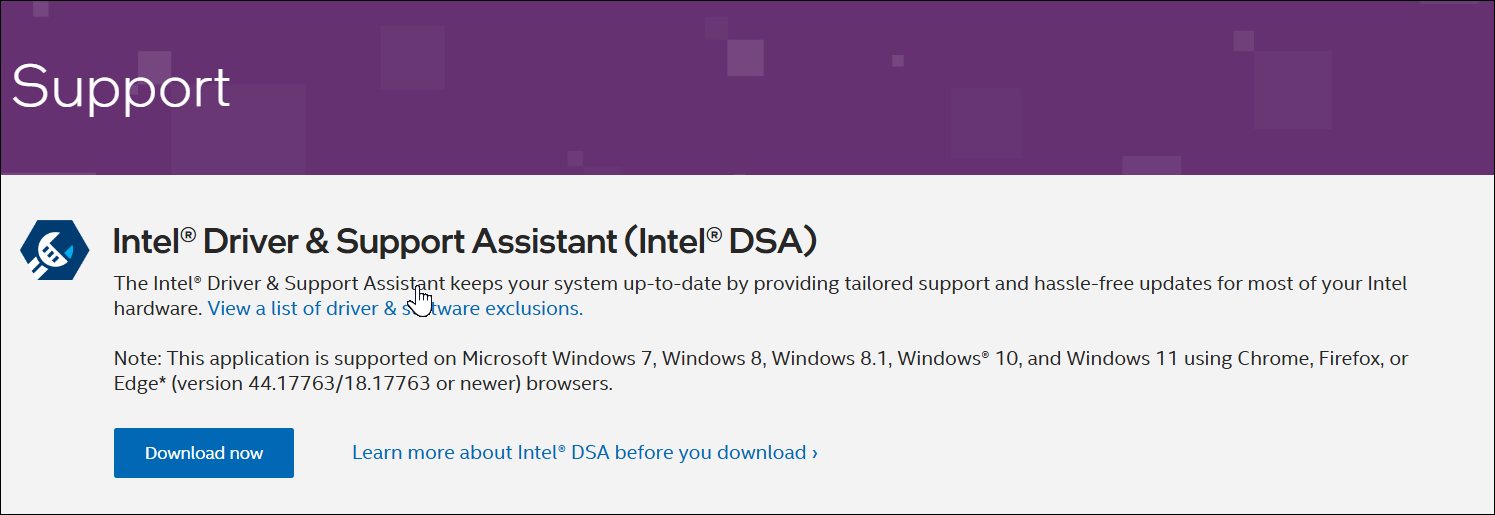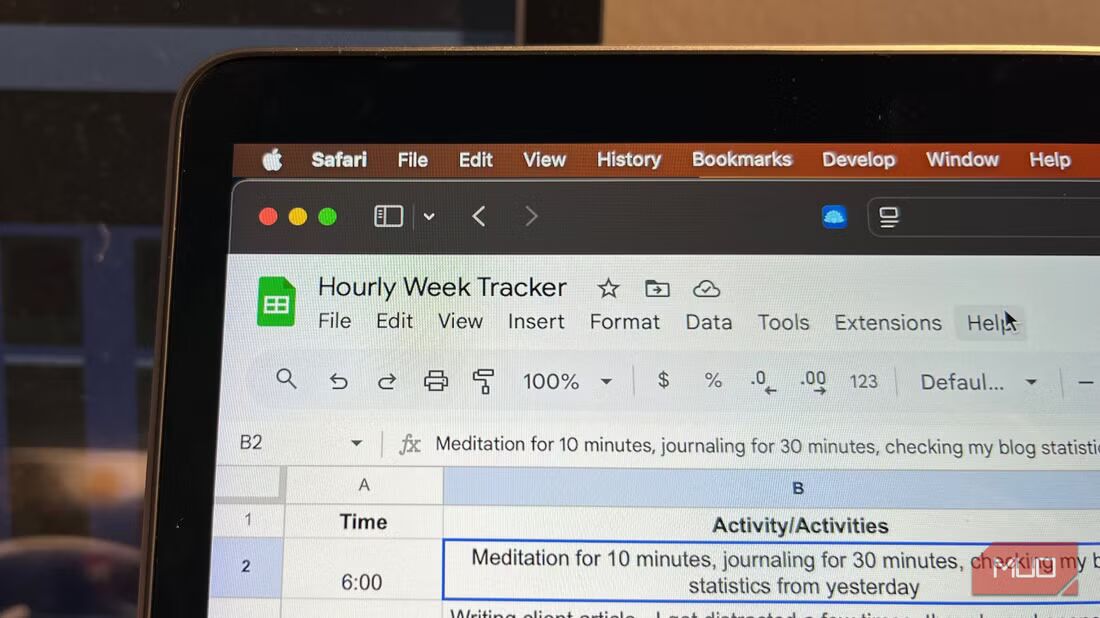Key Takeaways
- Before you update your graphics drivers, you should find what GPU you have and note its current driver version.
- You can use Windows Update or Device Manager to update drivers for integrated GPUs from AMD and Intel.
- If you have a discrete Nvidia or AMD GPU, you can either use GeForce Experience or AMD Software to update drivers easily or manually download drivers from the manufacturer’s site.
Updating your graphics card driver to the latest version can help fix issues with your computer’s display resolution, games, and overall graphics performance. Here are some handy ways to update your GPU drivers on a Windows 10 or 11 PC.
Identify the Graphics Card First
To find the latest compatible drivers, first, you need to identify your graphics card details, such as the GPU model and the current driver version. You can easily do this through the System Information app.
- Click Start, type system information, and open the best matching result.
- In the System Information dialog, click to expand the Components section in the left pane. Then click Display and wait for it to load.
- In the right pane, check the Adapter Description and Driver Version to identify the GPU model and the installed driver version.
If your computer has a dedicated and integrated GPU, both bits of hardware will be listed in a separate section.
1. Update Your Graphics Card via Windows Updates
Windows updates often include necessary driver updates, especially for integrated GPUs from manufacturers like Intel and AMD. To check pending updates on Windows 11, go to Start > Settings > Windows Updates. On Windows 10, go to Start > Settings > Update & Security > Windows Update. Then, click Check for updates, and if available, click Download & install.
If no update is available, click Advanced options and check the Optional updates section. If a GPU driver update is available, select it and then click Install.
Note that you can’t choose which updates you can download and defer using this method.
2. Update Graphics Drivers Using the Device Manager
You can also use Device Manager to manually check and update graphics drivers for both integrated and dedicated GPUs. While it may not always find the latest drivers, it’s a reliable method to find stable versions of Windows device drivers.
- Right-click on Start, then choose Device Manager.
- In Device Manager, expand the Display adapters section to view your graphics cards.
- Right-click on the display driver device you want to update and choose Update Driver.
- Select Search automatically for drivers. Windows will scan for available driver updates and download them.
Restart your PC to apply the changes. If something goes wrong, you can roll back the driver using Device Manager to undo the changes.
3. Update Drivers Using Manufacturer-Specific Tools
You can use Nvidia’s GeForce Experience, AMD Software, or Intel’s Driver & Support Assistant for quick driver updates. These tools can auto-detect the correct driver for your GPU and make the installation process much simpler.
Update Nvidia Drivers Using GeForce Experience
Laptops with Nvidia GPUs come with GeForce Experience pre-installed. If not, you can download it from Nvidia’s GeForce Experience page. On newer laptops, you may find the new Nvidia App, which combines GeForce Experience and the Nvidia Control Panel in one app.
- Once installed, type GeForce Experience in Windows search and open it from the search results.
- Open the Drivers tab. If no driver update is listed, click Check for Updates to perform a manual scan.
- Click Download if a new driver is available. Once downloaded, click Express Installation to install the driver. Your screen may momentarily flash during the process.
If no update is available, you can reinstall the existing driver to fix GPU-related issues. Simply click the three-dots icon next to your existing driver and choose Reinstall driver.
Update AMD Graphics Drivers Using AMD Software
If you have an AMD graphics card, you can use AMD Software to update your GPU drivers. Install it from AMD’s site and follow these steps:
- Click Start, type AMD Software, and open it from the search results.
- Click Settings (gear icon) in the top-right corner, then click Check for Updates. The system will scan for pending updates and prompt you to install them if available.
Update Intel Drivers Using Intel Driver & Support Assistant
Updating your integrated Intel graphics driver is easy. Go to the Intel Driver & Support Assistant page and click Download now. Then, install the tool on your PC.
Next, click Start, type Intel Driver & Support Assistant, and open it from the search result. It will scan your computer and open a new tab in your browser with all the updates available for the Intel hardware on your computer.
New GPU updates will appear as Intel Graphics Drivers for Windows. If available, click Download. Once downloaded, click Install and wait for the process to complete. Then, restart your computer to apply the changes.
4. Download Drivers Directly From the GPU Manufacturer
If you prefer not to install GeForce Experience or AMD Software on your PC, you can manually download the latest drivers for your graphics card from the manufacturer’s website. This method gives more control over the installation process and only installs what’s necessary. Here are the links for NVIDIA, AMD, and Intel hardware:
- Download AMD drivers
- Download Nvidia drivers
- Download Intel drivers
Updating your graphics driver, especially on your new gaming rig, is essential to get the best out of your hardware. Without the latest driver, you may experience lower frame rates, blurry display output, reduced color depth, and throttled performance.
